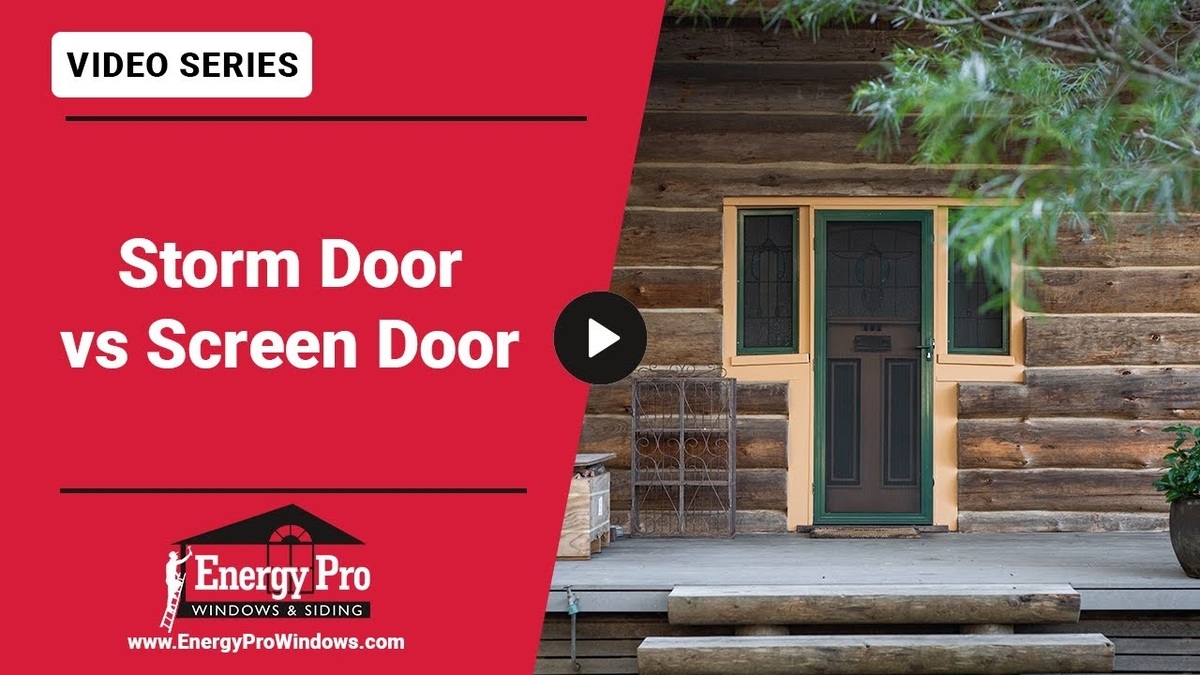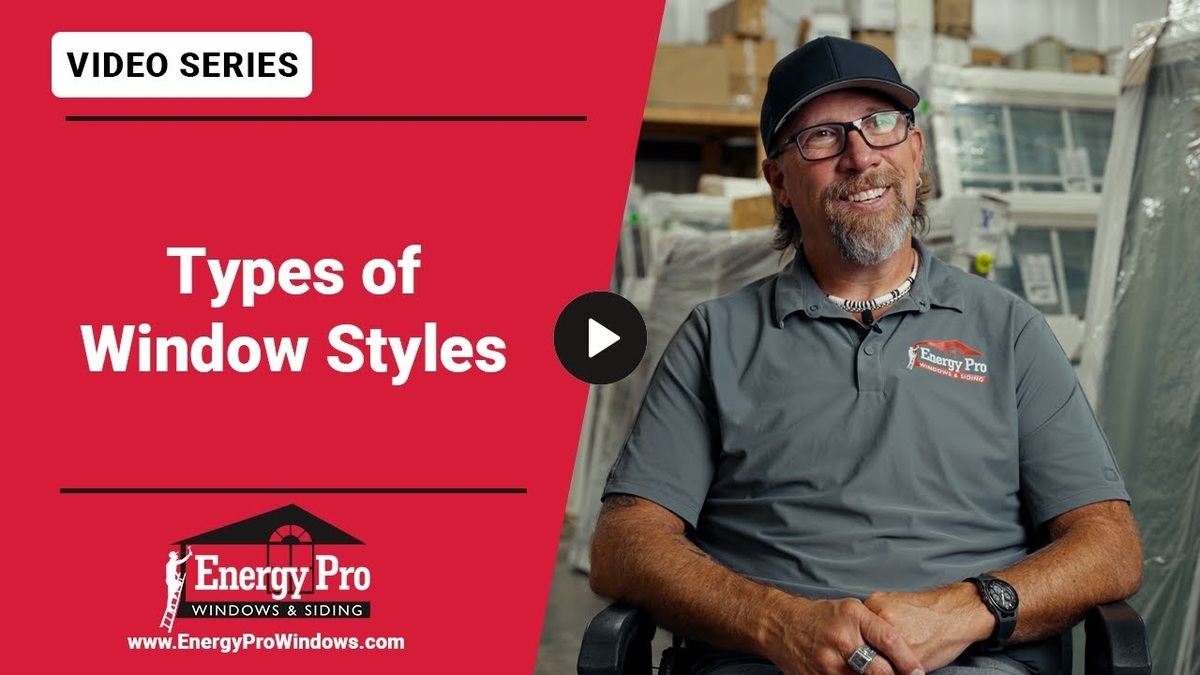Wind and hail are a fact of life, so how do you protect your home from siding damage from wind and hail? Even though storm damage is something to expect, this doesn’t mean you have to live with the threat of severe damage.
Read on to learn more about what types of siding resist wind and hail damage the most.
The Advantages of Using James Hardie, Vinyl or PVC Siding for Storm Protection
Many homeowners consider James Hardie siding the best option for storm damage protection, because of its fiber-board cement material. However, because siding brands must conform to the International Building Code, all modern insulation types will withstand storms. All current types of siding must withstand winds up to certain speeds.
Even if James Hardie siding doesn’t fit your budget, vinyl or PVC composite siding will have the durability your home needs. Vinyl offers the best durability with a ¾” thickness and insulation backing. This type of vinyl siding has a 25-year hail damage warranty offering greater peace of mind.
Hail is less of an issue with the modern siding currently on the market. In most cases, hail damage is more likely to happen in older homes with wood siding. Hail damage sometimes occurs in older, thinner vinyl siding that lacks a layer of insulation.
What Do You Need to Do After Siding Damage from Wind and Hail?
How do newer products hold up to siding damage from wind and hail? The good news about newer siding products, including pressure-treated wood, is that they are less likely to see major hail damage. Major storms with high winds and a lot of hail can cause damage, but it will be more likely of the minor nicks and dings sort that have easy fixes.
In most cases, minor patches or a painting job will correct the damage to your siding. With the Kansas City area often seeing wind gusts around 70 mph during stronger storms, the worst of the damage will occur with lower-grade vinyl. However, most vinyl will come off the house without seeing serious damage. The piece of siding can be easily re-hung with relatively few problems as long as no large pieces have been lost.
Most vinyl siding has been designed to withstand winds up to 90 mph. However, in the event of more serious damage, there are options representing different budgets. For example, you could go with a higher-quality vinyl or one of the other materials that we have highlighted.
What Role Does Proper Installation Play?
Where your siding is concerned, the proper installation makes all the difference in its longevity. Even the best-quality products won’t withstand a storm if they haven’t been installed properly. A careless installer may overlook what seems like smaller details, such as getting the screw or nail patterns correct, which will make the siding less secure.
Properly installed siding could easily last 20 years or more. Homeowners with older siding on their houses have an interest in making sure they don’t need to repeat this process again. When the siding has been installed correctly, the chances of another replacement being necessary soon are greatly minimized or eliminated entirely.
If you want your siding to last as long as possible, you won’t go wrong by choosing a professional with the right installation experience in mind. The right person makes all the difference in the success of the project. Choosing wisely pays off in the long run.
Energy Pro Windows & Siding handles all your siding needs, offering a variety of brands to suit your home. Contact us today for help or get answers to what is the best protection against siding damage from wind and hail.



